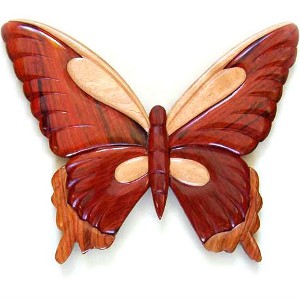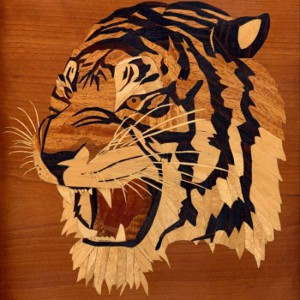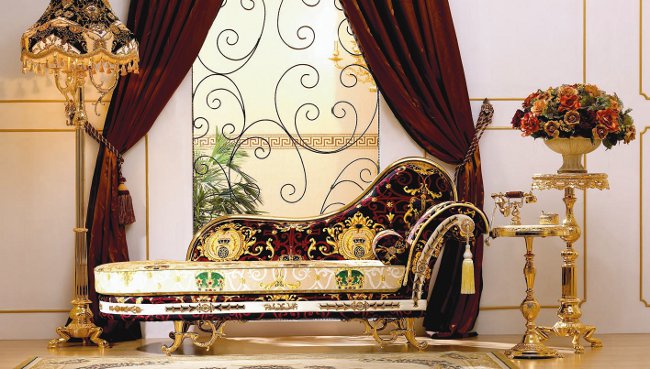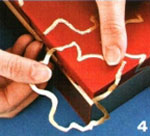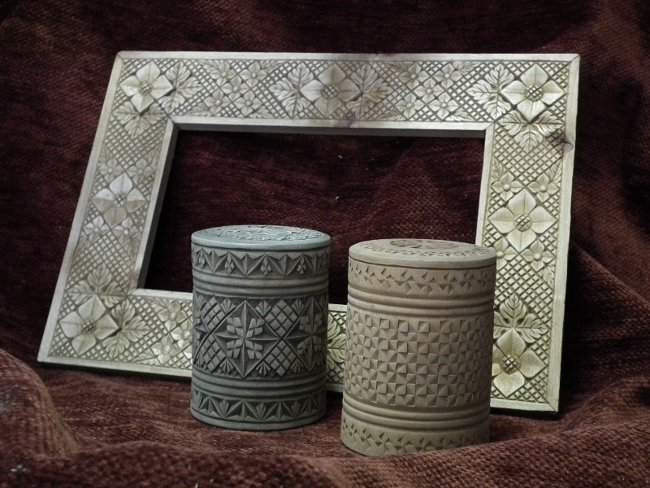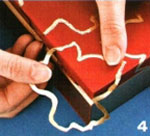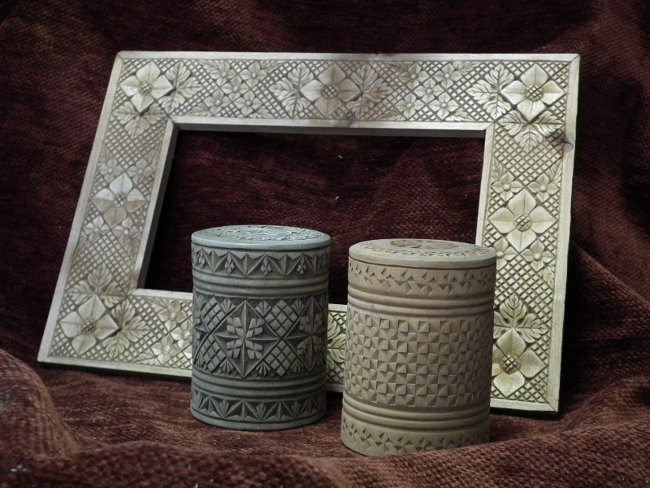Intarsia and marquetry: inlaid wood
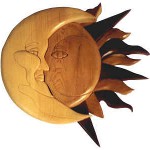 The art of incrustation is known to mankind sinceancient times. For inlay, you can use different materials (ceramics, marble, metal, etc.), but one of the most pliable materials is a tree. therefore wood-inlay (marquetry and intarsia) is very popular among masters.
The art of incrustation is known to mankind sinceancient times. For inlay, you can use different materials (ceramics, marble, metal, etc.), but one of the most pliable materials is a tree. therefore wood-inlay (marquetry and intarsia) is very popular among masters.Intarsia
Of the two types of inlaid wood, intarsia appeared earlier - it can rightfully be considered the "mom" of marquetry. When performing intarsia wooden plates of different colors and textures cut into a wooden surface, which allows to obtain a complex figured image.
It is believed that intarsia originated in Ancient Egypt, where wood was first used for inlaying along with more "noble" materials. But the peak of its heyday, intarsia reached Italy in the Renaissance. In this technique most often decorated church furniture and utensils.
Originally, the predominant ornamentation was geometric and plant, but gradually the complexity of the work performed in the technique of intarsia increased. Masters began to make whole pictures of wood. In order to make them more effective, they used not only a "game" on the contrast of light and dark wood, but also roasting, engraving, etching of wood.
How is the product manufactured in intarsia technique? First, a drawing is selected and a sketch is made,which is broken into separate elements (plates) - like a mosaic. Then these elements are cut from a tree of different colors and textures. The main (background) for the product is an array of wood, in which, using a special cutting tool, cuts for mosaic pieces are cut out.
The front side of the wooden plates is polished andpolish, and the back is left rough, so that it better meshes with the background. Then you need to tightly drive the plates along the edges, glue and put into the base array. The product is ready! If the pieces of the mosaic protrude above the base - this is called relief intarsia. And if they are with her on the same level - this picturesque intarsia.
Marquetry
Marquetry is simplified technology intarsia. In fact, it is also a mosaic made of wood, but the pieces of the mosaic are made of fine veneer, they are gathered together along the edges like a puzzle piece, glued together and pasted onto a flat base.
Marquetry is less labor-consuming and expensive technique than intarsia, but this does not mean that it is too simple. For the manufacture of products in the marketer technology is also important neatness, patience and artistic taste.
For marquetry use natural veneer - single-layer facing plywood,made of different types of wood. The thickness of the veneer can be different (from 0.5 to 1.2 mm), and its color and shade depends on the wood species that was used to make veneer. In addition, chemical methods are used to color the tree - for example, staining with stain.
As with intarsia technique, you first need think over the pattern and draw a drawing (template) on thick paper. Then, using special tools fromveneer cut pieces of mosaic and lubricate them with carpentry glue. Then the "puzzle" should be pasted onto a paper template-drawing, tightly fitting each other. After collecting the mosaic, it is turned over and pasted onto the base - the decorated product.
The finished product is covered with paper and for several hours put under the press. Two days later marquetry is polished, covered with several layers of varnish or special mastic. In a day, the mosaic is polished with polishing paste and cloth (cloth, felt, drape).
You can perform marquetry a little differently, cutting the mosaic elements into the veneer background. The resulting mosaic is fixed with paper glued with glue and is glued to the surface of the item to be decorated. This type of marquetry is closer in technique to its "parent" - intarsia.
Marquetry and intarsia are used for decorationfurniture, in the manufacture of artistic parquet, original paintings, panels and souvenirs. In order to learn to work in these techniques, you need not only accuracy and artistic taste. It is very important to know how certain types of wood will "behave" during processing, varnishing, etc. But if you really try - you can eventually get real work of art.
